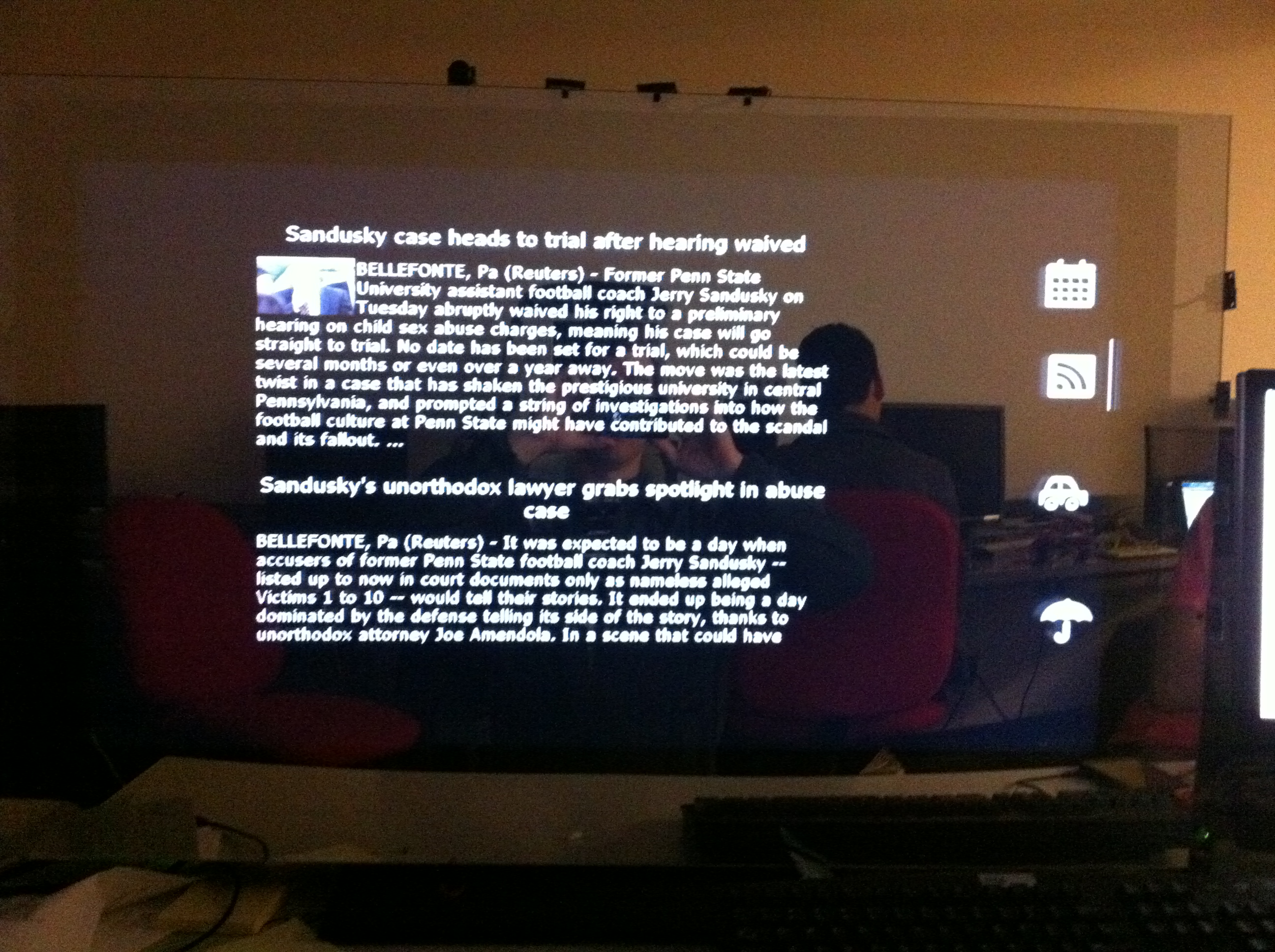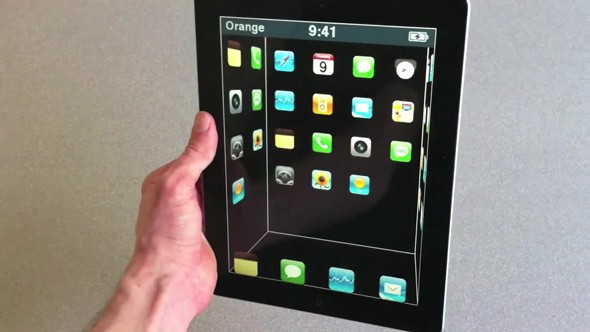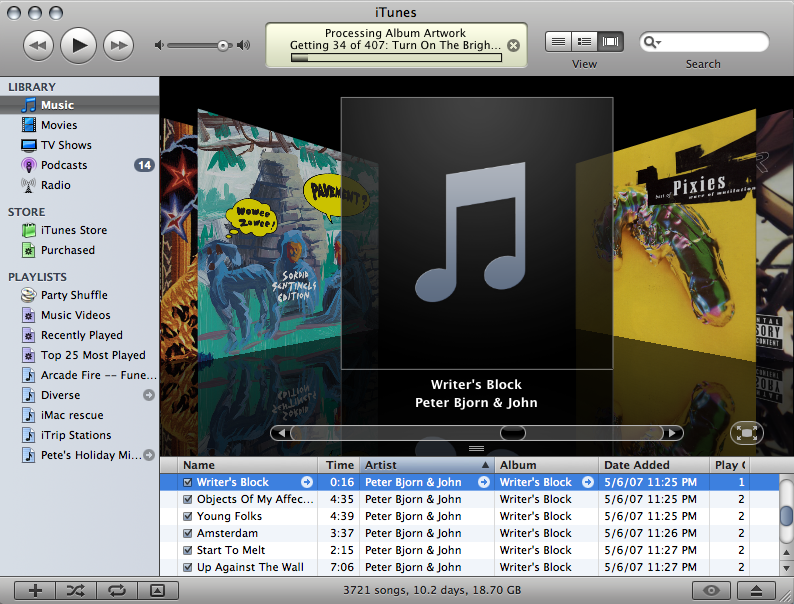
I just finished watching Porn Star: The Legend of Ron Jeremy. It’s a perfectly fine documentary, but didn’t really tell me anything I didn’t already know. Yes, Ron Jeremy is perhaps the most famous porn star. Yes, he doesn’t look like a porn star. Yes, he wants to be a mainstream actor. Yes, he’s beloved. All of this has been covered before. The one thing I did find interesting was Ron Jeremy’s “phone book.”
He carries with him a binder of loose leaf paper that is haphazardly covered with names and phone numbers. It’s organized by location of the person recorded. In the film, he reveals that some of the pages are dedicated to:
- New York City
- Los Angeles
- Other US locations
- International
- Radio Stations
Now a guy keeping all of his phone numbers scribbled on pages in a binder isn’t that interesting, but what I did find interesting was that he linked various people in the together into a social graph. Different numbers are annotated with labeled arrows form one number to another. He uses this information to place the name and number in context. Now that is something I haven’t really seen before. Yes, Apple AddressBook.app &endash; and presumably others &endash; has the ability to to add fields like “spouse”, “friend”, and “child”, but these aren’t links, just additional text fields. It seems like allowing a user to to crawl their personal social graph might be a useful feature for address books. Even if it isn’t used often, it doesn’t necessarily add a lot of UI overhead.





